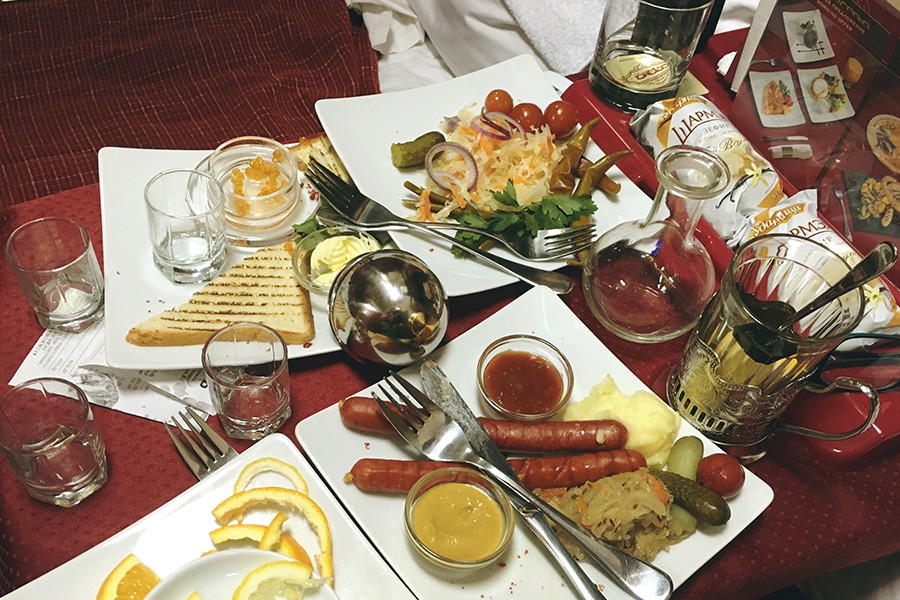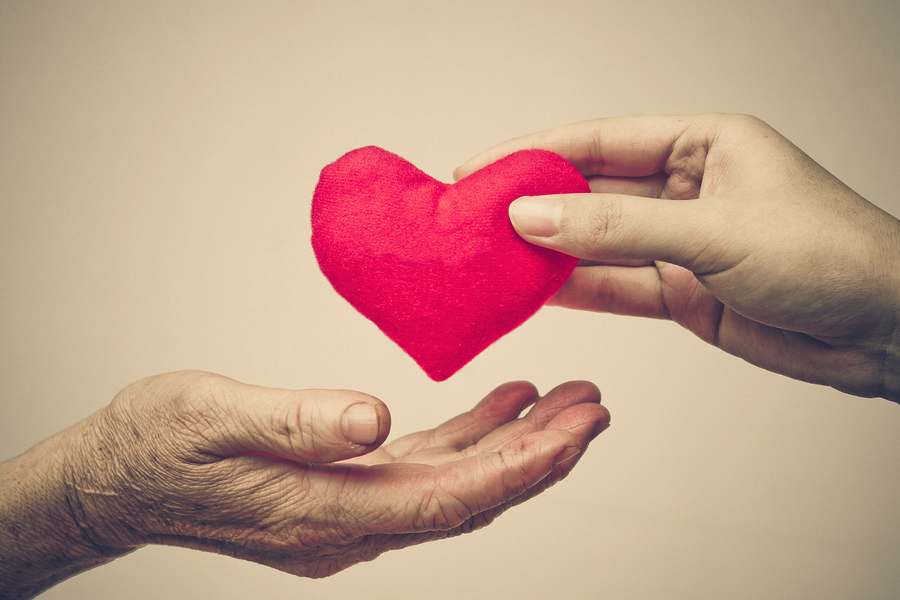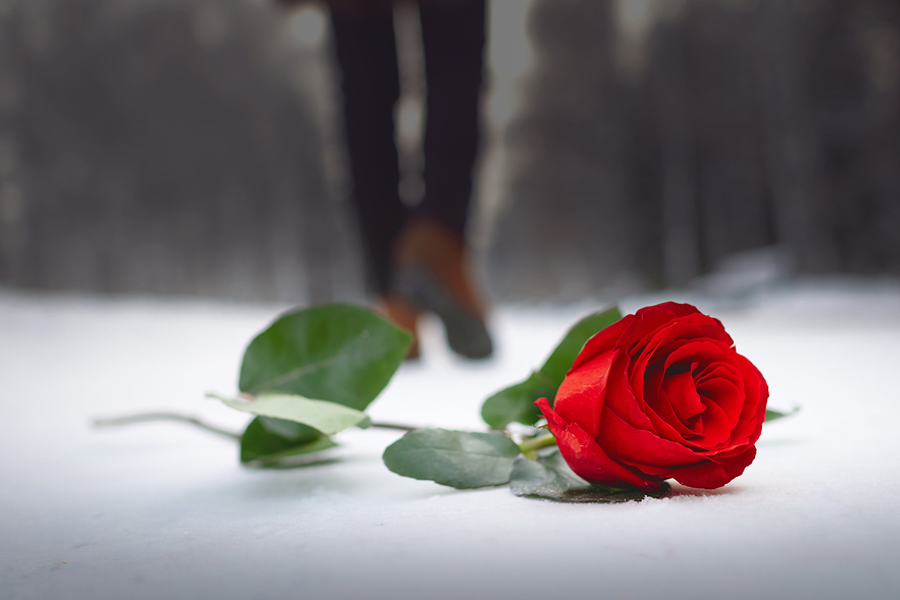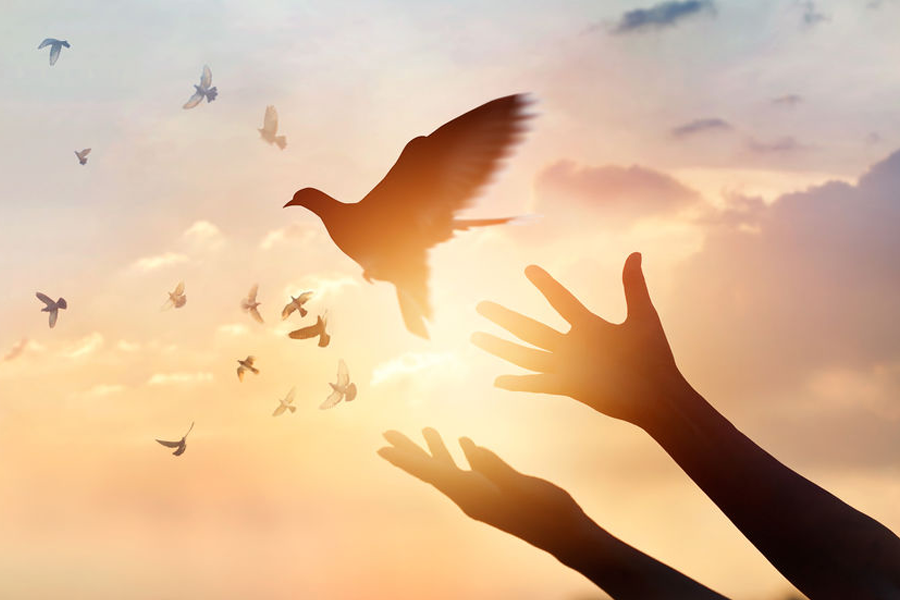Spring: Five Haiku
By Loree Griffin Burns
haiku on spring snow
the neighborhood mice were out
before me, scribbling
spring loneliness—
clutching one warm chicken egg
in each cold hand
direct from the clouds
or waylaid by a pin oak
two types of spring rain
the fancy brick house
is empty now; the tulips
don’t seem to notice
riotous yellow—
missing the girl who called it
“for Cynthia”
About the Writer:
Loree writes about science and nature for readers of all ages. Back in 2011, during a rainy vacation in Rhode Island, she and her family stopped into a used book sale at the local public library. That’s where she picked up a used copy of haiku master Clark Strand’s Seeds of a Birch Tree on a whim, for fifty cents. She’s been counting syllables on her fingers ever since. You can read more about Loree’s children’s books, essays, and haiku at loreeburns.com.












